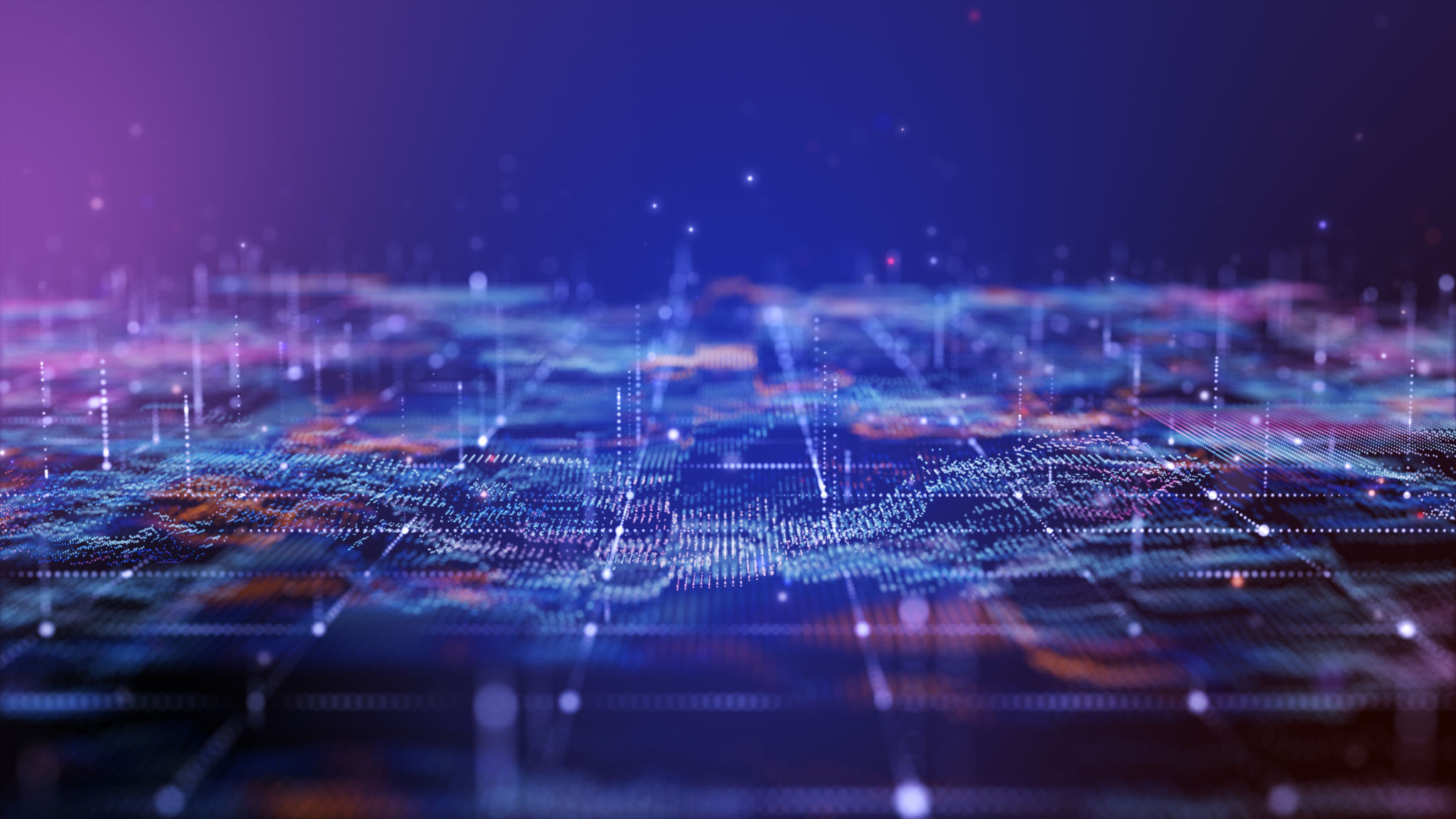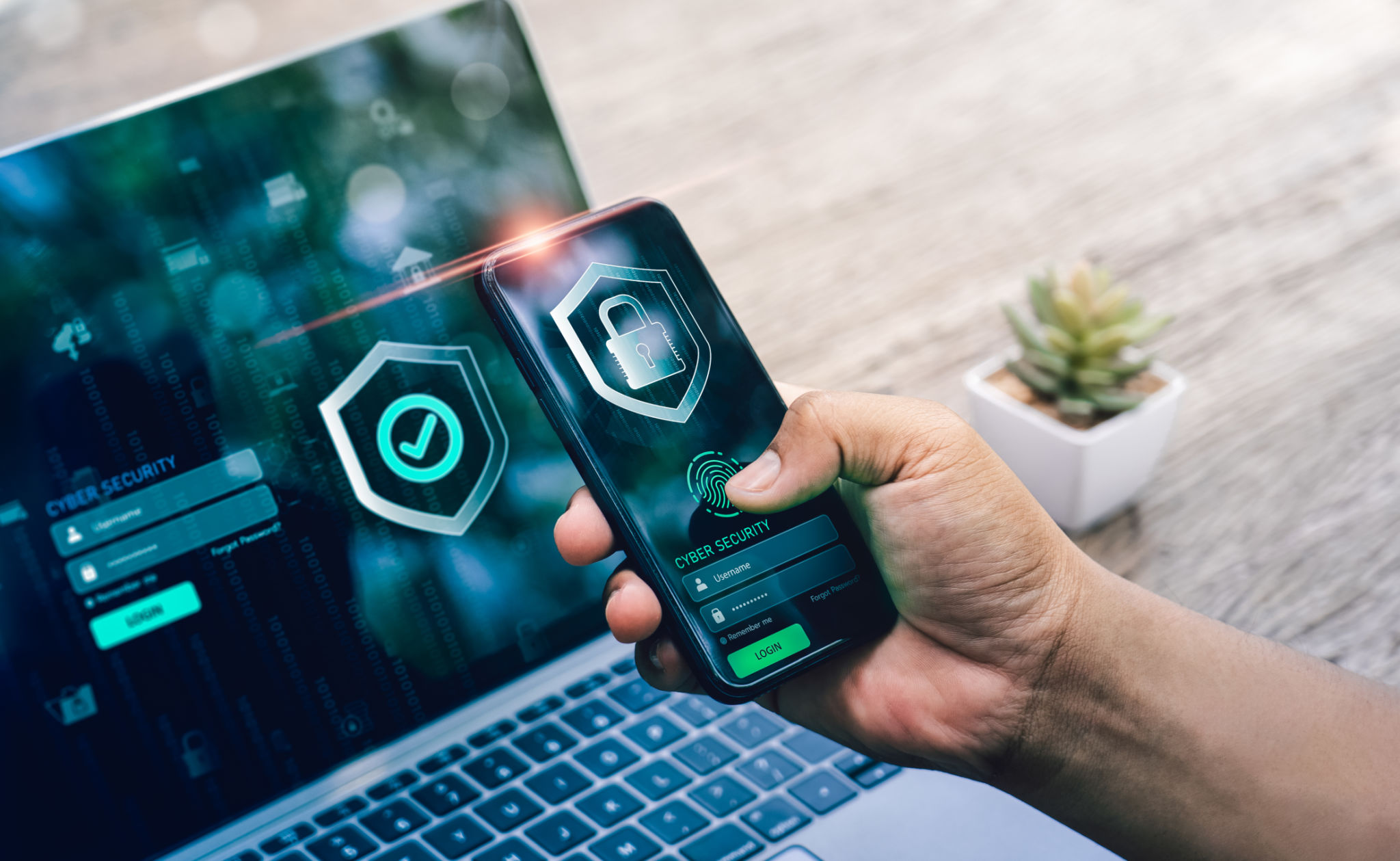How to Protect Digital Assets Globally: A Comprehensive Guide
Understanding Digital Assets
In today's interconnected world, digital assets have become a cornerstone of both personal and business operations. They encompass everything from documents and databases to cryptocurrencies and intellectual property. As more interactions occur online, the importance of protecting these assets globally cannot be overstated. Implementing effective strategies to safeguard digital assets is essential to prevent unauthorized access, data breaches, and potential financial loss.

The Importance of a Strong Cybersecurity Framework
A robust cybersecurity framework is the first line of defense in protecting digital assets. Organizations must adopt comprehensive security measures tailored to their specific needs. This includes installing firewalls, using encryption technologies, and conducting regular security audits. Ensuring that software is up-to-date with the latest security patches can also prevent vulnerabilities that cybercriminals might exploit.
Employee Training and Awareness
Human error is often a significant factor in security breaches. Regular training sessions on cybersecurity best practices can empower employees to recognize threats such as phishing scams and unauthorized access attempts. By cultivating a culture of security awareness, businesses can significantly reduce the risk of accidental data exposure.

Leveraging Advanced Technologies
To enhance protection, businesses can leverage advanced technologies such as artificial intelligence (AI) and machine learning (ML). These technologies can identify unusual patterns and potential threats in real-time, enabling swift responses to mitigate risks. AI-driven tools can also automate routine security tasks, freeing up resources for more complex challenges.
Utilizing Blockchain for Enhanced Security
Blockchain technology offers a decentralized approach to securing digital assets. It provides an immutable record of transactions, making it difficult for unauthorized parties to alter data. By implementing blockchain solutions, organizations can ensure data integrity and enhance trust among stakeholders.

Implementing Global Compliance Standards
Compliance with international standards and regulations is crucial in protecting digital assets globally. Adhering to frameworks such as the General Data Protection Regulation (GDPR) or the California Consumer Privacy Act (CCPA) can help businesses maintain high standards of data protection. Regular audits and assessments ensure ongoing compliance and demonstrate a commitment to safeguarding sensitive information.
Developing a Data Protection Strategy
Creating a comprehensive data protection strategy involves identifying critical assets, assessing potential risks, and implementing appropriate controls. Businesses should conduct regular risk assessments to determine vulnerabilities and adapt their strategies accordingly. A proactive approach to data protection can prevent data loss and maintain the trust of clients and partners.

Conclusion: Staying Ahead of Threats
In an ever-evolving digital landscape, staying ahead of potential threats is essential for protecting digital assets globally. By implementing strong cybersecurity frameworks, leveraging advanced technologies, and adhering to global compliance standards, organizations can secure their valuable digital assets effectively. Continuous vigilance and adaptation to new challenges will ensure long-term security and success in the digital age.